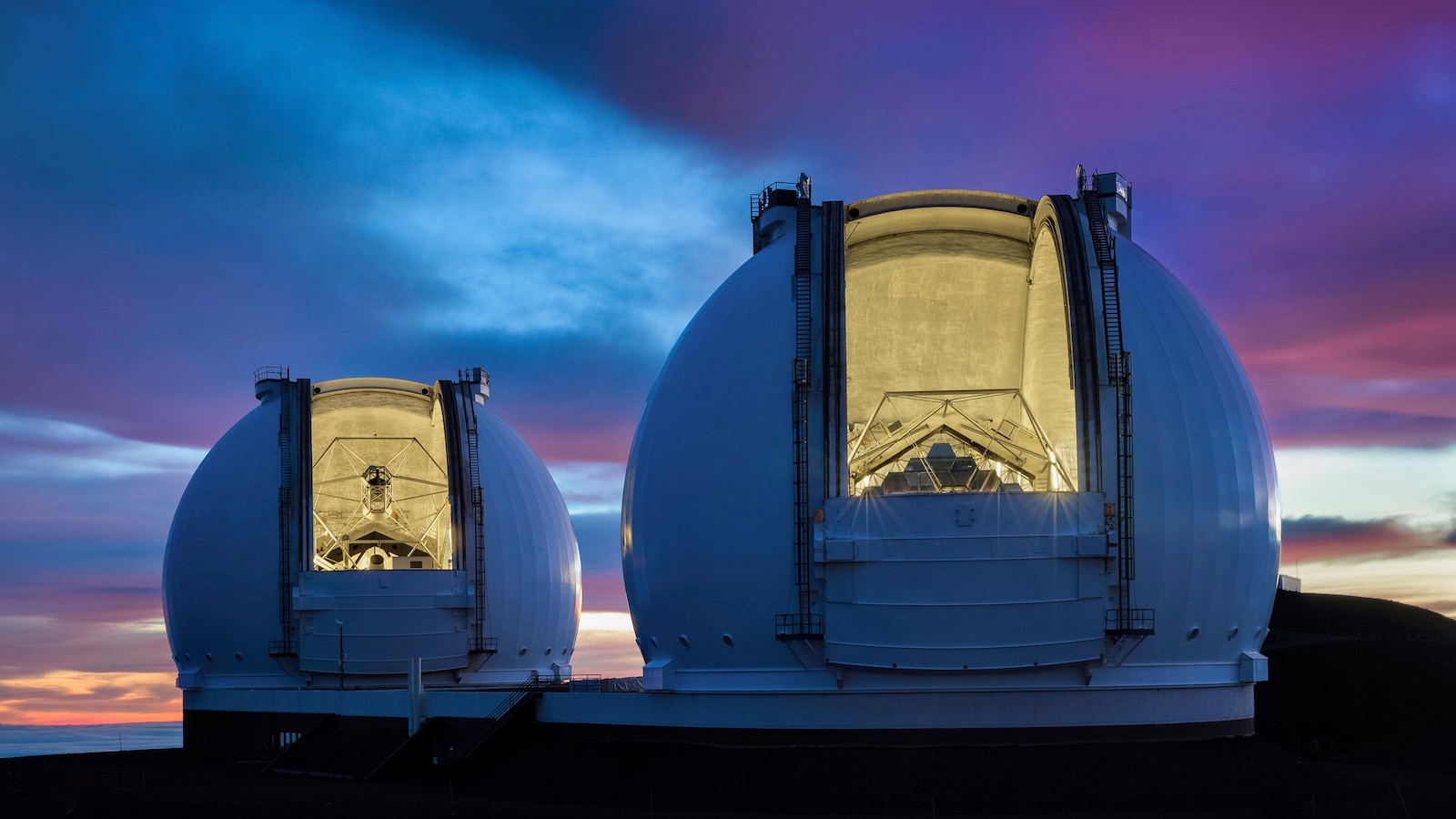Rare Supernova Offers Unprecedented Glimpse into Dying Star's Interior
Scientists observed rare supernova 2021yfj, gaining unprecedented insight into a dying star's anatomy. This challenges existing models of stellar evolution and explosive deaths.
Subscribe to unlock this story
We really don't like cutting you off, but you've reached your monthly limit. At just $5/month, subscriptions are how we keep this project going. Start your free 7-day trial today!
Get StartedHave an account? Sign in
Overview
- Scientists have gained a rare glimpse into the interior of a dying star through the observation of a supernova, offering unique insights into stellar evolution.
- Supernova 2021yfj had shed its outer hydrogen and helium layers, allowing scientists to observe its dense inner silicon and sulfur composition, providing a rare anatomical view.
- This rare observation of an exploding star's anatomy is challenging existing models of stellar death, particularly regarding how massive stars end their lives.
- The progenitor star, powered by nuclear fusion, was estimated to be 10-100 times the mass of the Sun, providing crucial data for refining stellar evolution theories.
- Discovered by the Zwicky Transient Facility in the Milky Way, this supernova offers unique chemical signatures, further challenging current models of stellar life cycles and explosive deaths.
Report issue

Read both sides in 5 minutes each day
Analysis
Center-leaning sources frame this story by emphasizing the groundbreaking and paradigm-challenging nature of the supernova discovery. They consistently use language that highlights its "unusual" and "never-before-seen" characteristics, portraying it as a significant advancement that expands scientific understanding beyond current models. This editorial choice underscores the novelty and importance of the research.
Articles (4)
Center (4)
FAQ
Supernova 2021yfj is unique because the star was stripped nearly to its core, exposing inner layers composed mainly of silicon, sulfur, and argon, elements rarely seen before in supernova observations. This level of stripping and the chemical composition suggest it represents a new class of supernova.
Supernova 2021yfj was discovered in September 2021 by the Zwicky Transient Facility in the Milky Way galaxy and observed at the Palomar Observatory near San Diego. Detailed spectral data was then obtained using the W.M. Keck Observatory in Hawaii, allowing scientists to analyze its unique elemental composition and explosion characteristics.
The observation supports models where massive stars near the end of their lives have layered compositions with lighter elements like hydrogen and helium on the outside and heavier elements like silicon and sulfur closer to the core. Because 2021yfj lost most of its outer layers, researchers could directly see the inner anatomy, confirming these layered models.
Scientists are uncertain whether the star lost its outer layers violently in its final life stages or if material was stripped away by interaction with a companion star. This remains an open question, complicated to resolve due to the rarity and brief nature of such events.
This discovery challenges existing models of how massive stars die and suggests the existence of a new supernova class. It encourages astronomers to look for more examples to understand the physical processes that lead to such extreme stripping and explosive events, refining theories of stellar evolution and death.
History
- This story does not have any previous versions.


